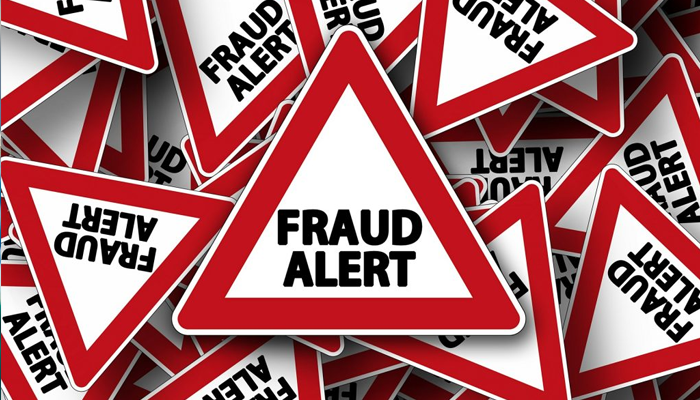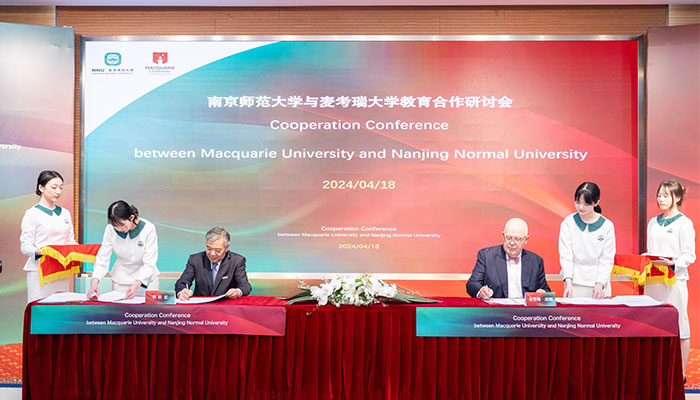The project – ‘Advanced lanthanide-doped nanomaterials for new-generation security inks – involves creating a security ink that can be applied to metal, glass, plastic, paper, and potentially other surfaces, making these materials impossible to counterfeit.
By exploiting the ability to program differing decay rates into the nanoparticles, the ink – invisible to the naked eye – can be coded in four dimensions. The vast number of variables introduced by adding a time dimension makes the product effectively impossible to reverse-engineer. This is a common problem with current secure labelling inks, making them vulnerable to the counterfeiting they are intended to prevent.
The codes also enable a digital defence for products, providing them with a unique ID and digital security capabilities. The nanoparticles combined with their codability provide for an unbreakable physical-to-digital link for products.
The research team is led by Emeritus Professor Jim Piper AM, from Macquarie University’s node of the Australian Research Council Centre of Excellence for Nanoscale BioPhotonics, With two Macquarie University co-Chief Investigators, Dr Yiqing Lu and Dr XianLin Zheng, and partner company MOS Technologies Pty Ltd, the team will develop new security links with unique features and capabilities.
“This is important because scanning our codes actually provides proof the product was present. This is not the case with barcode technologies where scanners can be fooled, or ‘spoofed’ by simply presenting a photo of a products barcode to a scanner”, says Tom McGregor from MOS Technologies.
The technology can be embedded directly into physical products or onto their labels. While product security is a major potential market for the labelling system, the introduction of direct coding brings with it a considerably broader range of uses in intelligent production, supply chain management, internal traceability and quality assurance.
“The reader, which is similar to a supermarket barcode scanner, also turns current technology on its head, using infrared rather than ultraviolet light to make the ink glow. When the scanner hits the ink with an invisible laser beam, the particles get excited and glow. When the laser is switched off, the glow starts to fade, and it’s the fading that is timecoded. The scanner can also be programmed remotely to pick up specific features of the label as required”, project leader Professor Jim Piper explains.
The technology is expected to find a ready market for use with legal documents, such as ID, travel, and qualification papers. A range of products are also likely to embrace the system such as medical and pharmaceutical products, food and beverage products, and many types of luxury goods.
.
Professor Piper says “Australian agricultural export products, particularly those destined for markets where there is a high risk of product substitution, have often seen their reputation for quality tarnished by inferior counterfeit products, and a more secure labelling method is likely to deliver major benefits to the Australian economy”.




